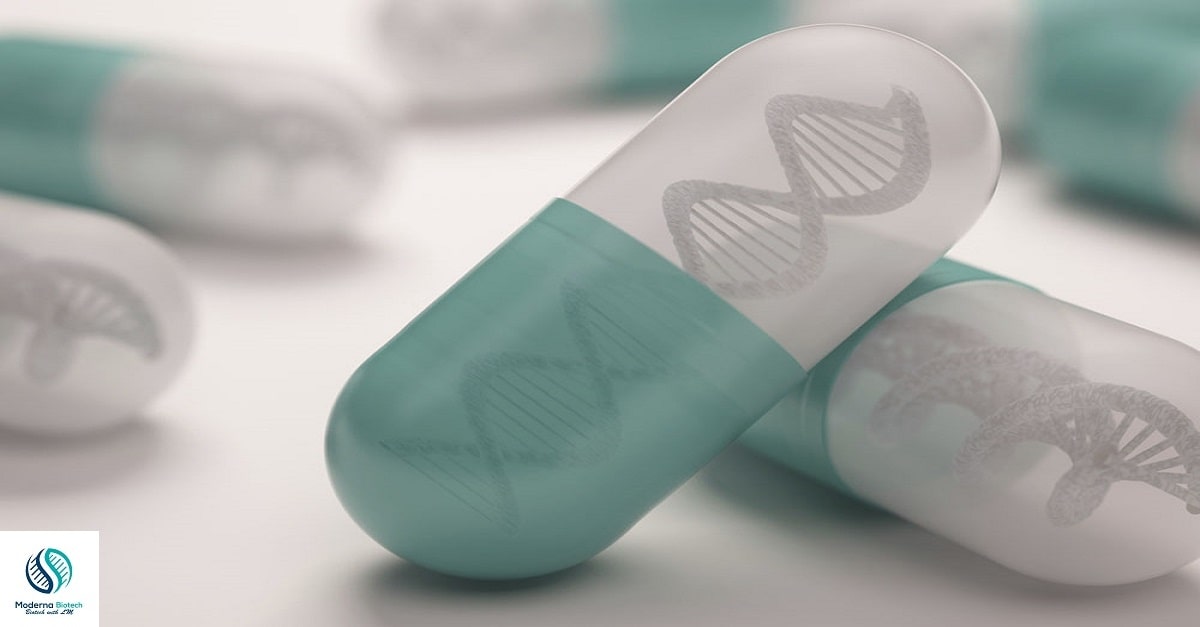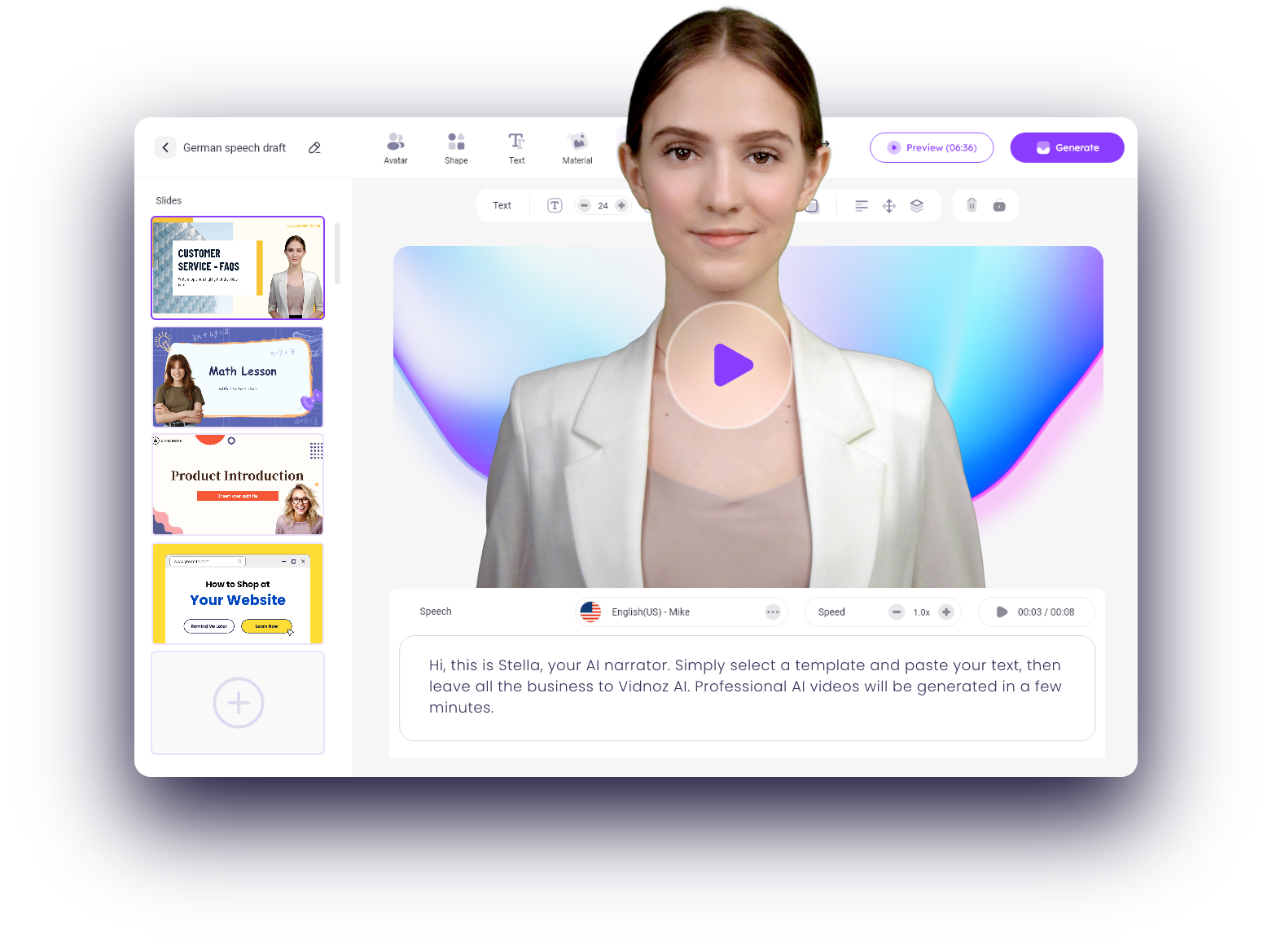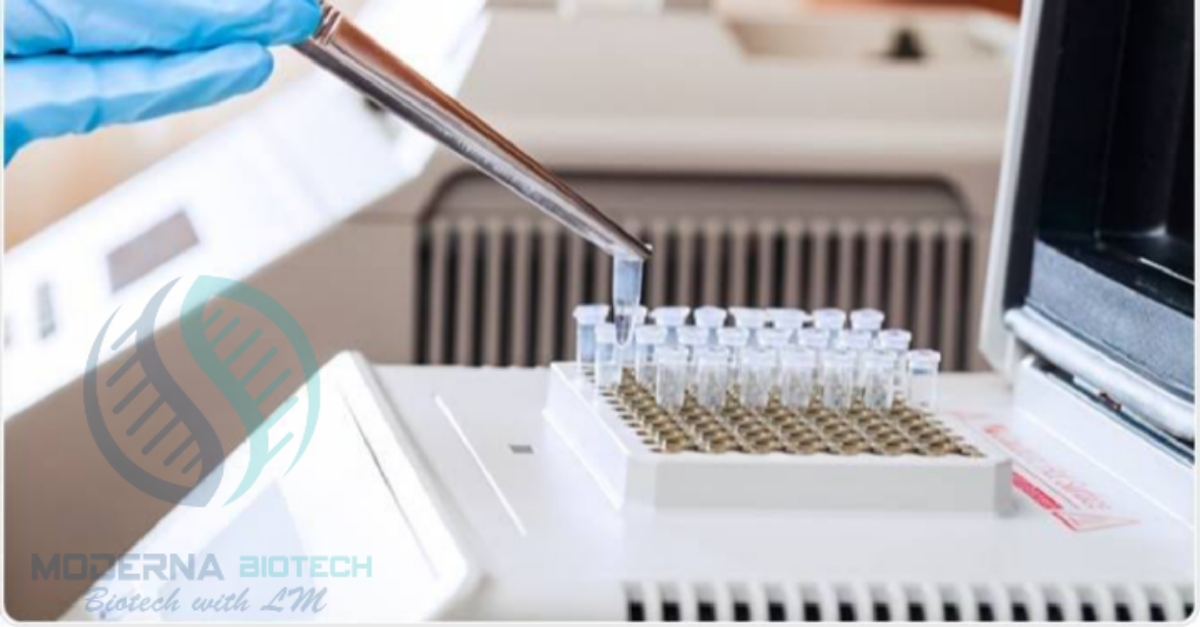The goals of the human genome project

What is the Human genome project?
The Human Genome Project (HGP) is a scientific research project with the purpose of determining the basic pairs that make up human DNA and identify and map all human genetic variants, both psychologically and functionally. The goals of the human genome project are to locate genes in human DNA as well storing information.
Officially launched in 1990, the U.S. The Human Genome Project was a 13-year effort led by the U.S. Department of Energy. And the National Institutes of Health. The project was originally scheduled to last for 15 years, but rapid technological development accelerated the completion date to 2003
Table of Contents
The goals of the human genome project
The main goals of the human genome project
- locate all about 20,000-25,000 genes in human DNA,
- determine the sequence of the three thousand pairs of basic chemicals that make up human DNA,
- store this information in archives,
- developing data analysis tools,
- Transfer technology related to the private sector, and
- addressing ethical, legal, and social issues (ELSI) that may arise in the project.
To help achieve these goals, researchers have also studied the genetic makeup of several non-human genes. These include the common human stomach virus Escherichia coli, a fruit fly, and a lab mouse.
This is one of the most important pre-use methods used for the whole genome sequence. See Also How Biotechnology improve the quality of Life.
Hierarchical gun sequence
The first step in the sequence of a shot from above is to build a large input library from the Nuclear DNA of your favorite species. In the early days of the yeast sequence Artificial Chromosomes (YACs) were used. YAC clones can contain one million or more DNA bases. The idea was that only a few thousand clones of clones would be needed to improve clone voting. But there is a lot of technical difficulty with the YAC clone, which leads researchers to look for another vector to do things. The optional vector was the Bacterial Clone (BAC) or the artificial P1 (PAC) clone.
Are these vectors beneficial?
Firstly, the main advantage of these Vectors compounds is that they contain the right amount of distinct YAC DNA. There has been no reorganization that can be controlled using the common bacterial process that many scientists are familiar with. The BAC or PAC library always prefers us; the next step is to build a list of clones to follow. The key tool for this step is the whole-cell map of certain types. A molecular map is a series of DNA sequences that are aligned with the correct order and chromosome.
Firstly, In the gene name, each chromosome is defined as the Link Group. Secondly, the map is used as a point of reference to begin ordering clones in a way that represents the sequence of genome sequences. Among the many clones in the library, the task is to find two clones that meet across the end of the seed.
This is accomplished by “fingerprinting” each of the clones in the library. Each clone is cut with a blocking enzyme, similar to the six basic HindI
The pattern of the length of the cut of each lump represents a fingerprint. Clones are planted on a map using markers from the dense STS community (sequential marking site). Scattered clones are obtained based on shared finger fragments. A series of interlocking clones were then defined by each chromosome. Together these isolated clones define a visual map of the genome.
Whole Genome Shotgun Sequence:
Firstly, The sequence begins by creating a visual map. Secondly, scattered clones map out the map and the gun is assembled in sequence. Thirdly, the entire genome shotgun Sequencing (WGS) skipped this whole step. Instead, the nuclear DNA itself has been cut. It is converted by the adhesion of the site block adapters and is formed into plasmids.
Finally, these Plasmids are then in direct succession. This process is more than just determining the BAC sequence that needs to be read in pairs and followed by data from both sides of the Clone. This is actually true as of the repetitive nature of complex genomes.
Firstly, WGS is most effective in small genomes. Secondly, the only method used is the sequence of small genomes like viruses. The idea that you might be useful to complex Genomes came to mind with a bold statement
See also top 10 academic publishers 2021
-
40 Allahumma Duas in Arabic Text with their Meanings
Allahumma duas are powerful supplications. They begin with “Allahumma,” which means “O Allah.” These Allahumma duas are a direct way to ask Allah for help. They cover different areas of life, from guidance to forgiveness. By reciting Allahumma duas, Muslims seek closeness to Allah. The simplicity of these prayers makes them easy to memorize. They…
-
40 Rabbana Duas – Their Meanings & Benefits
The 40 “Rabbana” Duas are a collection of powerful supplications found in the Qur’an. Each begins with the word “Rabbana,” meaning “Our Lord.” These Duas were made by prophets and believers in various situations, seeking Allah’s mercy, guidance, forgiveness, and blessings. Reciting these Duas helps build a strong connection with Allah, offering comfort and hope…
-
Full Quran Recitation Online by Mishary Rashid Alafsay
Listen and download the Full Quran Recitation by Mishary Rashid Alafsay. The Qur’an is the holy book of Islam. It is considered the word of Allah. Muslims believe it was revealed to the Prophet Muhammad (PBUH). The revelation took place over 23 years. It began in 610 CE and concluded in 632 CE. The Structure…







Has anyone ever been to Vape On The Lake Vape Shop in 1/84 Glen Eira Rd?